qod 7/12/12
calliope
11 years ago
Related Stories
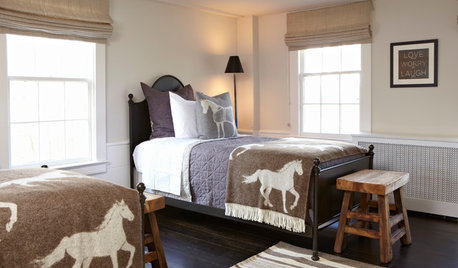
DECORATING GUIDES12 Ways Your Home Can Say Happy Derby Day
Add a dash of fresh Kentucky Derby style to your home
Full Story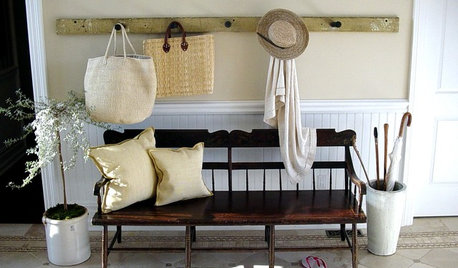
DECORATING GUIDES12 Ideas to Make a Great Entrance
Set the right tone for your house right off the bat by creating an entryway that caters to function but speaks to style
Full Story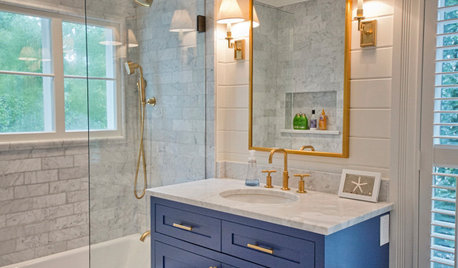
BATHROOM DESIGN12 Designer Tips to Make a Small Bathroom Better
Ensure your small bathroom is comfortable, not cramped, by using every inch wisely
Full Story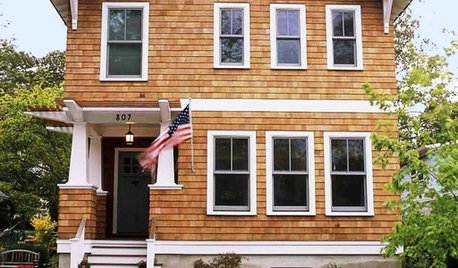
MOST POPULARDecorate With Intention: 12 Remodeling Sanity Savers
When the idealistic visions subside and reality sets in, these tips can help keep your spirits up and your work on track
Full Story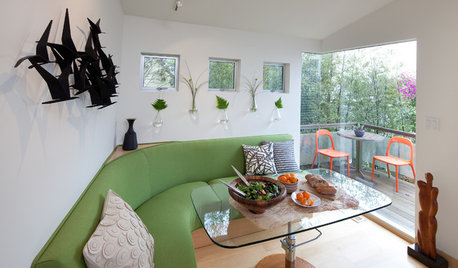
THE HARDWORKING HOME12 Smart Designs for Small-Space Living
The Hardworking Home: Furnish your compact rooms more efficiently with these creative built-ins and adjustable pieces
Full Story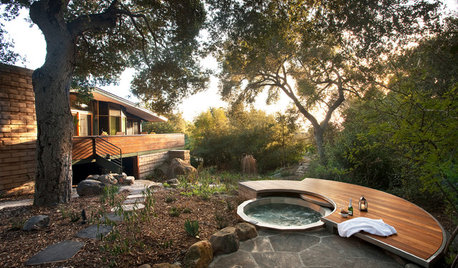
GARDENING AND LANDSCAPING12 Naturally Beautiful Hot Tubs
Prefer a no-plastic look for your patio or yard? Wood, stone and concrete make these hot tubs fit right in with nature
Full Story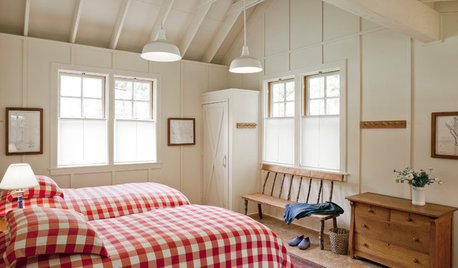
BEDROOMS12 Ways to Add Farmhouse Touches to Your Bedroom
Whether homespun, rough hewn or crafted from scraps, these elements evoke a simpler time
Full Story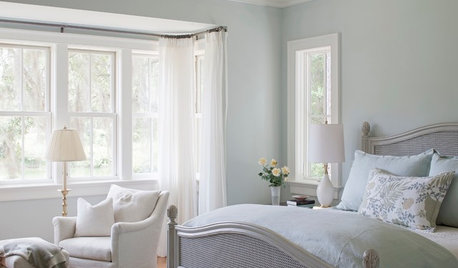
MOST POPULAR12 Elements of a Tranquil Bedroom Retreat
A good mattress tops this list of features that are key to a restful night
Full Story
WORKING WITH PROS12 Questions Your Interior Designer Should Ask You
The best decorators aren’t dictators — and they’re not mind readers either. To understand your tastes, they need this essential info
Full Story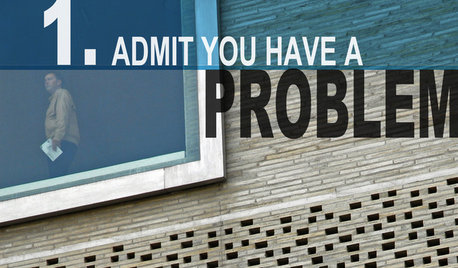
COFFEE WITH AN ARCHITECT12-Step Program for Architecture
Addicted to architecture? We understand. Here's something that may help ... or not
Full StoryMore Discussions






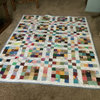


day2day
msmeow
Related Professionals
Gloucester City Interior Designers & Decorators · Hagerstown Interior Designers & Decorators · Ogden Interior Designers & Decorators · Bothell Flooring Contractors · Fall River Flooring Contractors · Hammond Flooring Contractors · Honolulu Flooring Contractors · Old Bridge Flooring Contractors · Wausau Flooring Contractors · Brooklyn Furniture & Accessories · Evanston Furniture & Accessories · Houston Furniture & Accessories · Peachtree City Furniture & Accessories · Skokie Furniture & Accessories · Norwalk Furniture & Accessoriesteresa_nc7
littlehelen_gw
mary_c_gw
magothyrivergirl
nanajayne
rosajoe_gw
K8Orlando
jennifer_in_va